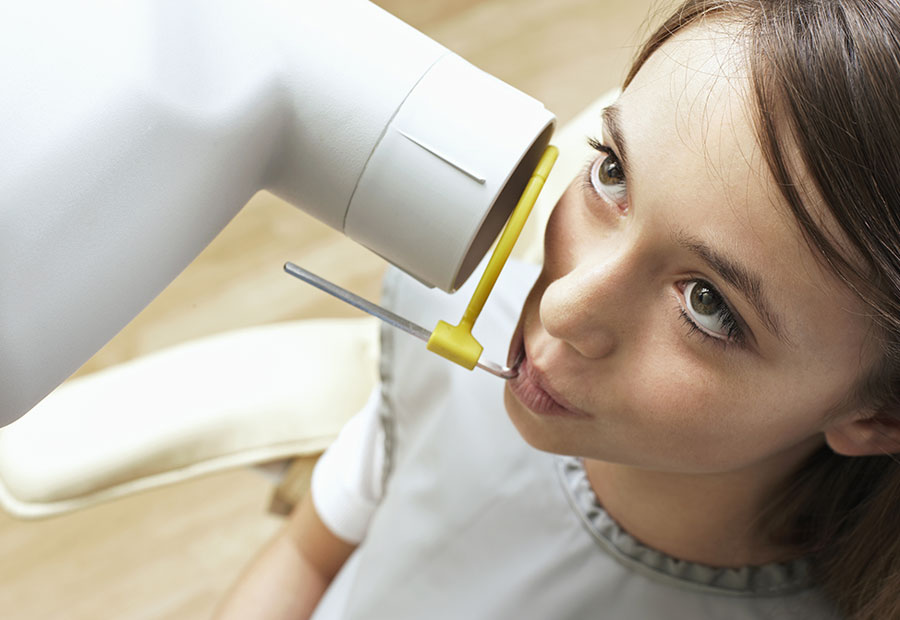Digital and Panoramic X-rays
One of the most important tools in a modern dental office is the dental X-ray. This amazing technology can be used to find disease, cavity problems, cracks, gum loss and even tumors. The diagnostic radiograph allows the dental practitioner to see below the surface and evaluate any current dental condition.
Depending on what the dentist is looking for, different X-rays will be used. When the dentist needs to see both top and bottom teeth, they will use a bitewing procedure. The patient bites down on a tab, and the X-ray is taken. This method is generally used for teeth at the back of your mouth. The bitewing X-ray is very useful in revealing tooth decay.
If a patient comes to us with tooth pain, one of the dentists may prefer to take a look at an individual tooth. When they want to single out a front or back tooth, they may use a Periapical X-ray. This X-ray is excellent for showing the entire tooth and can reveal whether or not a patient is in need of a root canal treatment.
The third type of X-ray is the panoramic type. The Panoramic X-ray is different from the others in that is taken from outside (as opposed to inside the mouth) while the patient is standing. A 360 degree panoramic is taken of the top and bottom teeth.
This image can reveal if any of the teeth are impacted, or if problem wisdom teeth are present. It can also show the sinus cavity and nasal passages. Because X-rays use radiation, many people have concerns about the effect of an X-ray procedure on humans. In actuality, a dental X-ray uses very little radiation. So little in fact, that pregnant women and children need not fear having them.
Patients do not come in contact with the film material as it is placed in a special holder that is suspended without the use of hands. Digital X-rays like the ones used in the Markic office use even less radiation. Exposure time is very short, and to add even more protection a lead apron is placed over your body to further limit any type of exposure to you.

